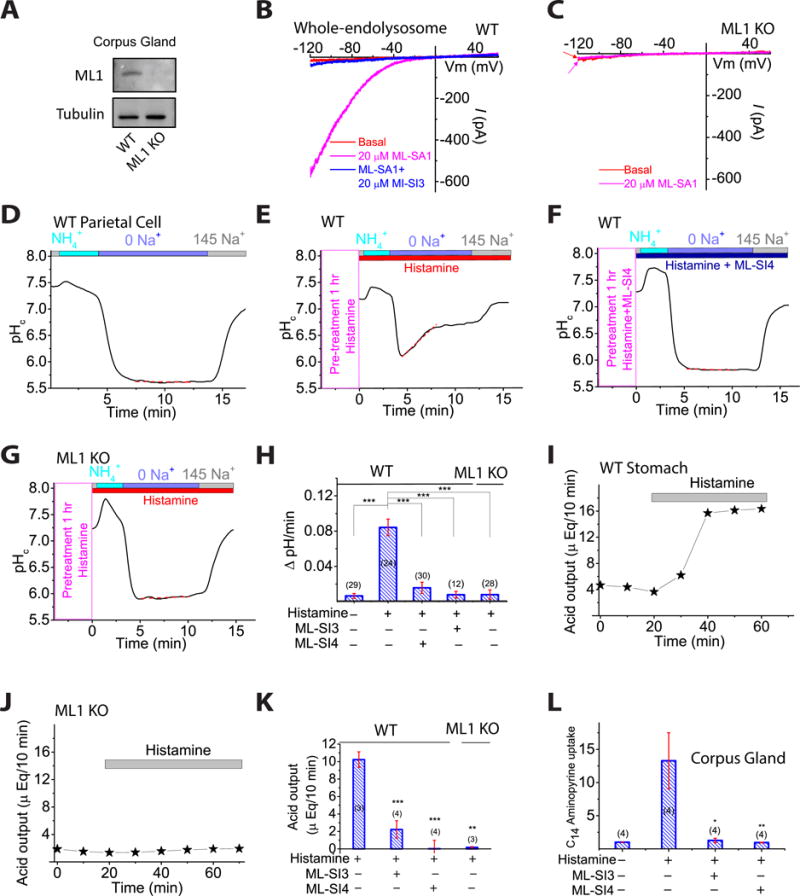Fig. 1. ML1 involvement in histamine-stimulated acid secretion.

(A) Corpus gland immunoblots. (B, C) Whole-endolysosomal IML1 was activated by TRPML agonists (ML-SA1/3/5; 1–20 μM) and inhibited by ML1 antagonists ML-SI3/4 (10–20 μM) in WT (B), but not ML1 KO parietal cells (C). (D–G) Histamine (100 μM + 20 μM IBMX) and ML-SI4 (10 μM) effects on proton secretion, indexed by NIPR observed while cytoplasmic pH (pHc) was under H+/K+-ATPase control (see also Fig. S1O) relative to responses in 0 Na+ (red dotted lines). (H) NIPR rates (n = 10–30 cells) under resting and histamine-stimulated conditions. (I, J) Whole-stomach acid contents following histamine administration (1 mg/kg, IP). (K) Histamine-induced acid increases in the presence of ML-SI3 (20 μM) or ML-SI4 (10 μM). n = 3–4 mice/group. (L) Effect of ML-SIs on histamine-stimulated [14C] aminopyrine accumulation in gastric glands (n = 4 mice per experiment; normalized to basal output). ML-SI3 (20 μM) and ML-SI4 (10 μM) were applied 30 min before histamine (100 μM + 20 μM IBMX). Panels H, K, and L show means ± SEMs from ≥3 experiments. *P < 0.05, **P < 0.01, ***, P < 0.001 one-way ANOVA, Bonferroni’s post-hoc analysis.
